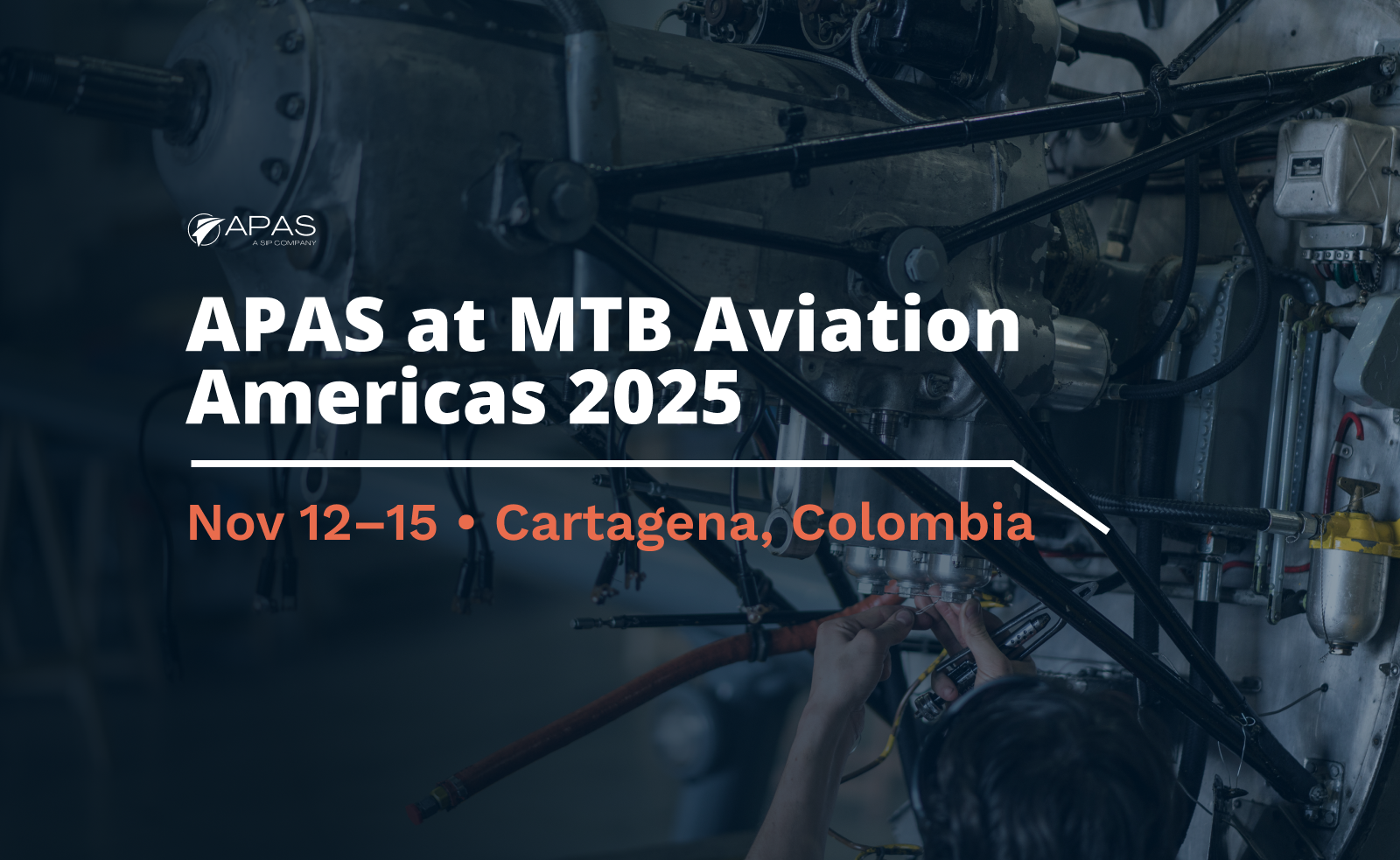
A practical guide to getting ROI from MTB Aviation Americas: agenda decoded, meeting prep, outcomes, and how to turn 1:1s into real maintenance results.
MTB Aviation Americas is a hosted-buyer event built around pre-scheduled 1:1 meetings. Instead of wandering exhibition halls, airline and MRO teams sit down for focused sessions that convert AOG issues, TAT uncertainty, and repair-path questions into clear next steps—owners, dates, and SLAs.
MTB Aviation Americas rotates venues across the region. The 2025 edition is hosted in Cartagena, Colombia, with the same pre-scheduled 1:1 format that defines the series. If you’re attending this city, plan brief buffers between meetings to capture decisions, owners, and follow-ups before the next slot. (Future venues follow the same playbook, so the preparation framework below stays valid year to year.)
Official event page: MTB Aviation Americas 2025 — Nov 12–15.
MTB’s premise is simple: curate the right buyers and suppliers, timebox conversations, and set expectations up front. The model has matured across regions while keeping the focus on traceability, repair-route comparisons (including DER where appropriate), documentation alignment (FAA/EASA), and scoping commercial contours in the room. The result: higher post-event follow-through than stand-driven shows.
Days run in blocks of pre-scheduled 1:1s with short networking windows to extend conversations. Each meeting is long enough to validate technical fit, pressure-test TAT realism, outline documentation requirements, propose a repair approach, and record who does what by when. The goal isn’t collecting business cards—it’s leaving with a shared action plan.
When the format works, complex problems become manageable routes:
Treat each slot like a mini working session. Arrive with:
With those inputs, you can move from generic interest to a draft plan in minutes.
By the end of a productive day, you should have: